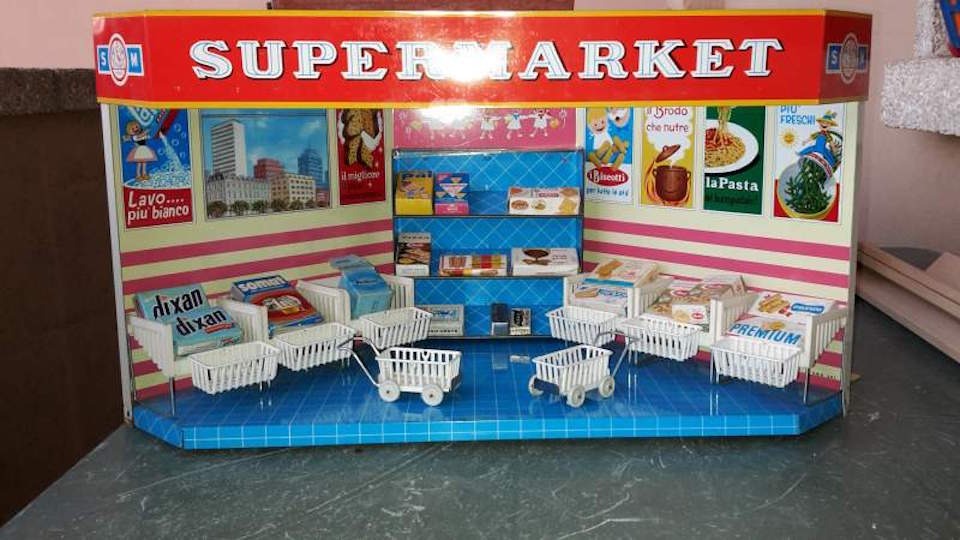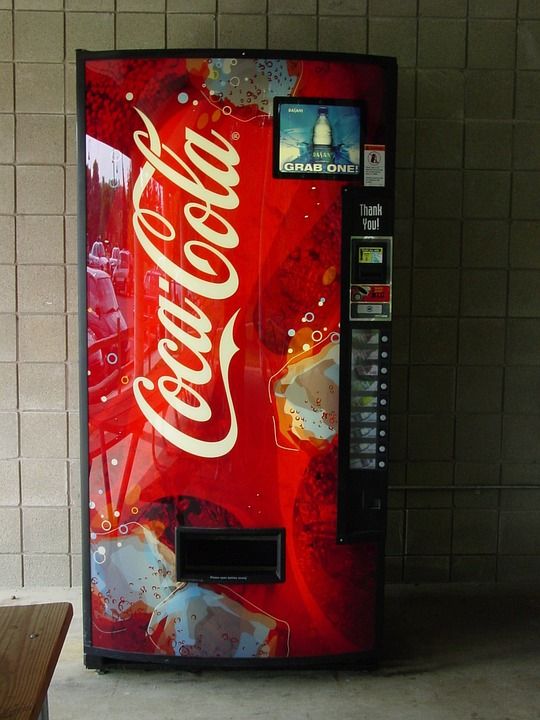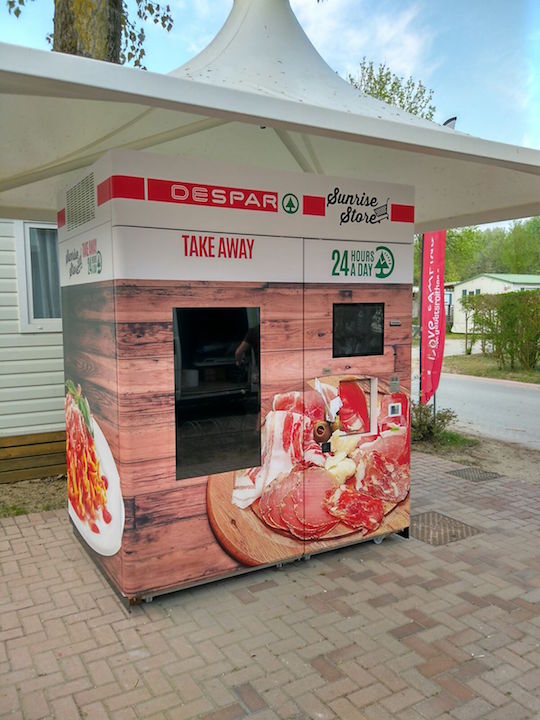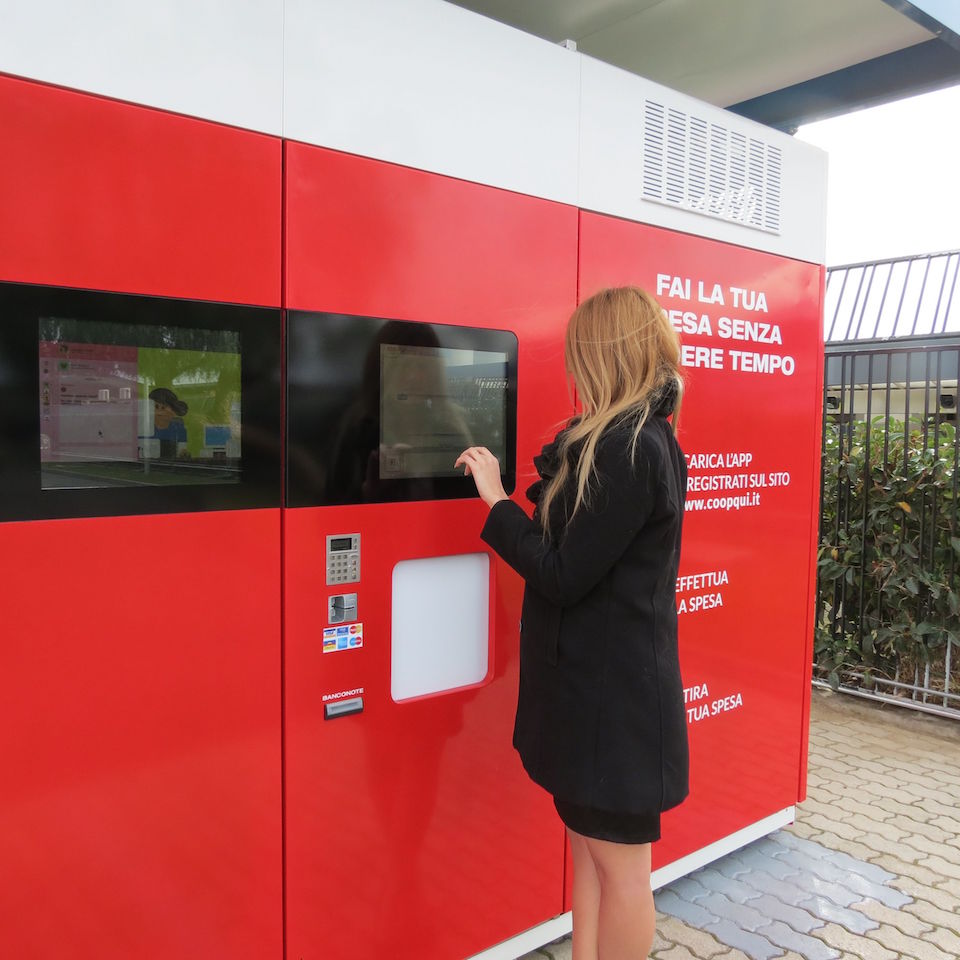New means of shopping: from the supermarket to smart distributor, what’s new for buyers?
- 13 September 2017
- Alessandro Tazzioli

image source: http://bit.ly/2eNMKQy
Shopping at the supermarket: an experience common to many around the world.
Children, no matter where they are from or which generation they belong to, have come to this almost magical place, sitting in the trolley usually pushed by their parents or grandparents. They go from shelf to shelf until they get to the check-out where their shopping ends up on the conveyor belt and then in the bags, ready to be taken away.
This experience has remained largely unchanged for decades and only in recent years has it seen considerable changes. By the way, for those wishing to take a closer look at the history of the “shopping cart” there is a really interesting section on it in Wikipedia.
Some chains, in certain retail outlets, have introduced self-service check-outs where the person doing the shopping also adds up the bill (though for some this is completely unacceptable); other shops are experimenting the check-out that automatically packs your bags.
Some have gone even further, to the point of inventing (and testing) shops without a check-out, like Amazon with its Amazon Go (although there are “over-crowding” problems to be dealt with…). One of these also includes an Italian start-up, which is developing ad hoc technologies in this direction.
It is not just the buying experience that is changing. After the epic of hypermarkets, stores that stretch as far as the eye can see, where you can find virtually everything, nowadays, even the size and layout of supermarkets is changing, with industry professionals preferring average to small sized surface areas but which are closer to the consumer (also known as convenience stores).
The aim of everyone is to make the exercise increasingly less tiring for the purchaser, placing him in a position to carry out the task as easily as possible.
Of the innovations in this sector, the use of smart vending machines to sell food is undoubtedly one of the most significant and impacting.
When we think of an automatic dispenser, probably the first image that comes to mind is a drinks “machine” where you insert the coin, key in your product code and a mechanism (not even that sophisticated) “drops” your fizzy drink.
Nowadays, however, the traditional image we all have of the vending machine is no longer just this (image source: http://bit.ly/2eKghai)
The drink usually reacts to this fall by fizzing up when it is opened, sometimes with tragic-comic effects. Let’s imagine then instead of the can or bottle there were some eggs…
Today’s highly advanced automated vending machines, however, are much more effective than that. “Let’s play on home turf” and take our WIB Store as an example. Thanks to a patented moving mechanism, they can handle even the most fragile items, from glass bottles to eggs, without damaging them.
That said, evaluating the adoption of a smart vending machine as a sales channel is not the only benefit: let’s look at the possibility of buying (and, on the other side, selling) 24/7 thanks to the Internet and the right applications to separate the point of selection from the point of pick-up.
The vending machine we made for a Despar h24 shopping project
For example, we can choose what to buy when we are on a lunch break or on the train on our way home from work, and decide to collect our shopping later, maybe when the “traditional” shop is already closed.
In this case, both specific solutions and mixed solutions can be interesting, such as click & collect lockers where you can pick up your shopping already processed, arranged and packed by staff in the shop before closing time.
Data collection relative to the use of these services allows the grocery store to refine its choice of products to be made available for purchase, improving both the buying experience for those purchasing as well as the financial return on its own investment (especially when dealing with fresh products).
The integration of smart vending machines and smart parcel lockers can help shopkeepers to come even closer to their customers, for example by deploying one or more devices near the store, office centers, or along important transit points (such as a subway exit, a road with a convenient parking lot, etc.). This allows for increased capillary coverage of a certain area without any major investment.
Incidentally, should a more suitable area be found, moving a machine of this kind is undoubtedly simpler, faster and cheaper than dismantling a shop and rebuilding it in a different area.
Our vending machine chosen by Coop to launch the 24/7 pick-up service.
Using this kind of device is not just beneficial in urban areas but also in less densely populated areas where the decision to place, for example, a fridge parcel locker, can prove a strategic choice in making your fresh produce purchasable, possible with “zero miles” and without having to engage someone to tend to the goods.
Thanks to the possibility of being able to consult warehouse availability from different devices at different times and receive notifications for every kind of order, it is very easy to know when to stock up the warehouse with the right products: an operation that in the case of WIB machines takes just a few minutes, thanks to the optimization of the reloading process.
We have already written in another post about how retailers can use smart vending machines to counteract what is known as “retail apocalypse”: many of the cues provided are also valid for food purchases.
In the meantime, home deliveries are on the increase, a service that is incredibly convenient, especially when delivery time is at a minimum or when purchased items are very heavy, such as bottles of water, detergents, etc.
The counterbalance is the cost that the consumer has to pay for this service, even when it is apparently “free” in reality, apart from specific subsidies (often new operators will “distort” sales accepting losses, but this is a mechanism that can only be sustained in the short term), it is diluted in the cost of individually purchased products.
Even in this case, delivery to drop off points that are close by could prove to be a winning compromise between convenience and service cost.
If, thanks to all these technological and logistical innovations, we can reduce unsold stocks and, as a result, reduce food waste, (thankfully, the subject of a recent legislation in Italy: the so-called Gadda Law), then it is an all-round win-win situation!





